Home>Gardening & Outdoor>Landscaping Ideas>How To Till The Grass For A Garden
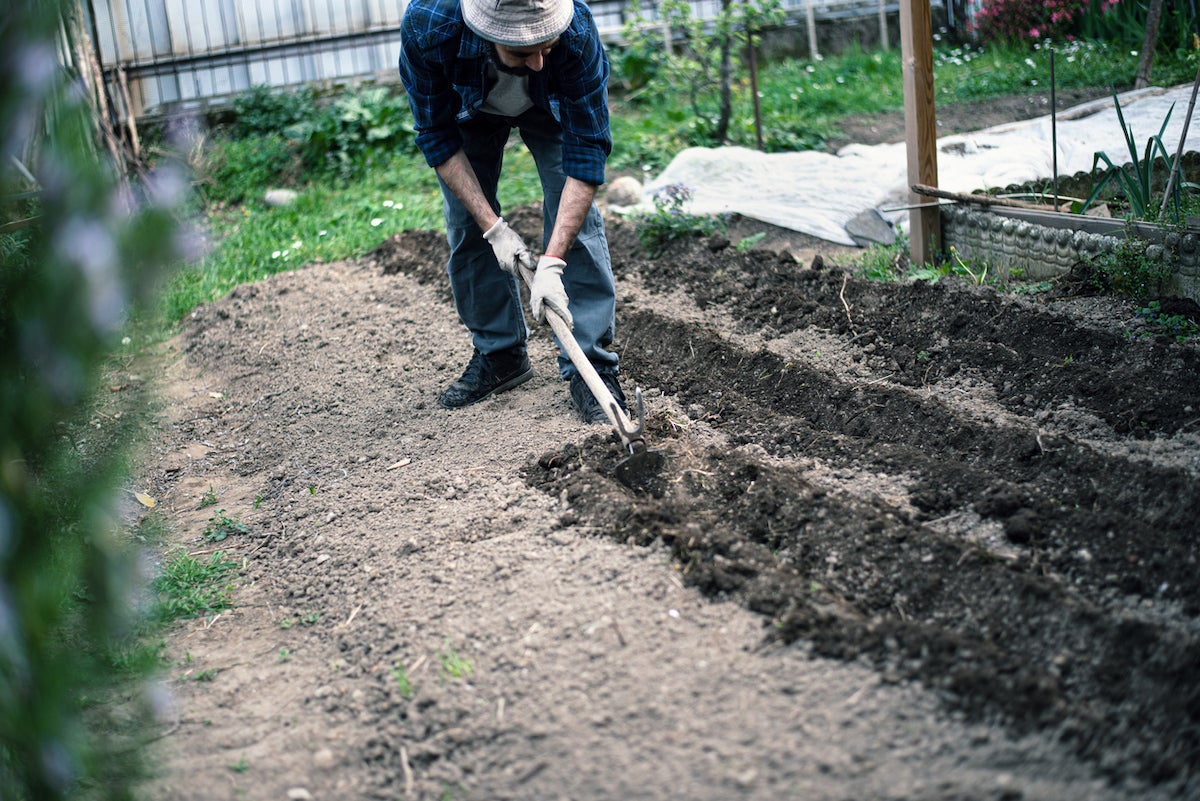

Landscaping Ideas
How To Till The Grass For A Garden
Modified: February 16, 2024
Learn effective landscaping ideas for tilling grass to create a beautiful garden. Discover expert tips and techniques for successful garden preparation.
(Many of the links in this article redirect to a specific reviewed product. Your purchase of these products through affiliate links helps to generate commission for Storables.com, at no extra cost. Learn more)
Introduction
Tilling the grass to create a garden is an exciting and rewarding endeavor that can transform a patch of lawn into a flourishing oasis of plants and flowers. Whether you're a seasoned gardener or a novice enthusiast, the process of tilling the grass for a garden requires careful planning, the right tools, and a bit of elbow grease. By following a few essential steps, you can prepare the soil for optimal plant growth and create a vibrant garden space that brings joy and beauty to your outdoor environment.
Tilling the grass serves as the initial step in the garden creation process, and it involves breaking up the compacted soil and removing the existing grass to make way for new plantings. This process not only aerates the soil but also allows for better water absorption and root penetration, setting the stage for healthy and robust plant growth. Whether you're planning to cultivate a vegetable garden, a colorful flower bed, or a mix of both, tilling the grass is a crucial preparatory step that sets the foundation for a successful garden.
In this comprehensive guide, we will walk you through the step-by-step process of tilling the grass for a garden, from clearing the area and selecting the right tools to tilling the soil, adding amendments, and preparing for planting. By the end of this guide, you will have the knowledge and confidence to embark on your garden transformation journey, equipped with the essential skills to create a thriving and bountiful garden space.
So, roll up your sleeves, grab your gardening gloves, and let's dive into the transformative world of tilling the grass for a garden. Whether you're envisioning a tranquil retreat filled with fragrant blooms or a productive vegetable patch bursting with fresh produce, the journey begins with the foundational act of tilling the grass to pave the way for a flourishing garden.
Key Takeaways:
- Transform your lawn into a vibrant garden oasis by tilling the grass. Clear the area, choose the right tools, and enrich the soil for successful plant growth. Get ready to create a flourishing garden space!
- Tilling the grass for a garden is a journey of preparation, enrichment, and planting. Clear the area, add enriching amendments, and prepare for planting to create a thriving and vibrant garden.
Read more: How To Till Garden
Step 1: Clearing the Area
Before embarking on the process of tilling the grass for a garden, it is essential to clear the designated area of any existing vegetation and debris. This initial step sets the stage for successful soil preparation and ensures that the newly tilled garden space is free from obstructions that could impede plant growth.
To begin, mark the boundaries of the garden area using stakes and string, clearly defining the perimeter of the future garden beds. This visual demarcation provides a clear outline for the area that will undergo the tilling process, allowing for a systematic and organized approach to clearing the space.
Next, remove any existing grass, weeds, or unwanted vegetation from the designated area. This can be achieved through various methods, such as manually digging out the grass and roots, using a sod cutter to strip away the top layer of turf, or employing natural methods like solarization or smothering with mulch or cardboard. The chosen approach will depend on the size of the area and the resources available, but the goal remains the same: to eliminate the existing vegetation to make way for the new garden beds.
Once the vegetation has been cleared, it is important to address any debris or obstacles that may hinder the tilling process. This includes removing rocks, branches, and any other debris that could interfere with the tilling equipment or impede the even distribution of soil amendments.
Furthermore, take the time to assess the topography of the cleared area, noting any uneven or sloping terrain that may require leveling or additional soil preparation. A level and uniform surface provide an optimal foundation for the tilling process and contribute to the overall aesthetic appeal of the garden space.
By meticulously clearing the area of existing vegetation and debris, you are laying the groundwork for a successful tilling process and creating a clean canvas for the subsequent steps of soil preparation and planting. This diligent preparation ensures that the tilled garden beds are free from competing vegetation and are primed for the introduction of nutrient-rich soil amendments, setting the stage for vibrant and thriving plant growth.
With the area cleared and prepared, you are now ready to move on to the next crucial step: choosing the right tools for the tilling process.
Step 2: Choosing the Right Tools
Selecting the appropriate tools for tilling the grass and preparing the soil is a pivotal aspect of the garden creation process. The right tools not only streamline the tilling process but also ensure that the soil is adequately prepared for optimal plant growth. When choosing the tools for tilling, it is essential to consider the size of the garden area, the condition of the soil, and the specific requirements of the plants you intend to cultivate.
-
Tiller or Cultivator: The primary tool for tilling the grass and soil is a tiller or cultivator. These machines come in various sizes and types, including gas-powered, electric, and manual models. For larger garden areas or compacted soil, a gas-powered tiller with adjustable tines provides the necessary power to break up tough sod and compacted soil. For smaller gardens or softer soil, an electric or manual cultivator may suffice, offering maneuverability and ease of use.
-
Shovel and Spade: A sturdy shovel and spade are indispensable for digging and turning the soil, especially in areas where the tiller may not reach, such as along the edges of the garden beds or near existing structures. These manual tools allow for precision and control when loosening the soil and incorporating amendments.
-
Rake: A rake is essential for leveling the tilled soil, removing debris, and creating a smooth and uniform surface for planting. Additionally, a garden rake can help distribute soil amendments evenly, ensuring that the nutrients are incorporated throughout the tilled area.
-
Wheelbarrow: A wheelbarrow is invaluable for transporting soil amendments, compost, mulch, and other materials to the garden site. It facilitates efficient and organized work, allowing for the seamless transfer of bulky or heavy items to the tilled garden beds.
-
Garden Fork: A garden fork is beneficial for aerating the soil and breaking up clumps, particularly in areas where the tiller may not penetrate deeply. It is also useful for incorporating organic matter and amendments into the tilled soil, promoting a healthy and fertile growing environment for plants.
-
Safety Gear: When operating power tools such as tillers or cultivators, it is crucial to prioritize safety. Protective gear, including gloves, safety goggles, and sturdy footwear, should be worn to safeguard against potential hazards and ensure a secure and comfortable tilling experience.
By carefully selecting the appropriate tools for tilling the grass and preparing the soil, you can streamline the garden creation process and set the stage for successful plant growth. These tools empower you to effectively till the soil, incorporate amendments, and create an optimal environment for the flourishing garden you envision. With the right tools at your disposal, you are well-equipped to embark on the transformative journey of tilling the grass for a vibrant and thriving garden.
Step 3: Tilling the Soil
Tilling the soil is a pivotal stage in the garden creation process, marking the transition from preparation to transformation as the grass-covered expanse evolves into fertile ground ready for new plant life. This step involves the mechanical disruption and aeration of the soil, breaking up compacted earth and integrating organic matter to create an optimal environment for plant roots to thrive.
To commence the tilling process, begin by carefully maneuvering the chosen tiller or cultivator across the cleared garden area, ensuring even coverage and consistent depth. The machine's rotating tines or blades penetrate the soil, effectively breaking up the grass and underlying sod while loosening the compacted earth beneath. This action not only facilitates the removal of existing vegetation but also promotes improved soil structure, enhancing drainage and root penetration.
As the tiller progresses, the soil is transformed into a loose and friable texture, ideal for accommodating new plantings and promoting healthy root development. The rhythmic hum of the tiller and the earthy scent of upturned soil create a sense of anticipation, signaling the imminent transformation of the garden space.
Throughout the tilling process, it is essential to maintain a steady pace and overlap each pass slightly to ensure thorough coverage. Pay close attention to any areas of resistance or compacted soil, making additional passes or using a garden fork to manually break up stubborn clumps and promote uniform soil texture.
Once the tilling is complete, the garden beds are primed for the next phase of soil enhancement. The freshly tilled soil presents an opportunity to introduce organic amendments such as compost, aged manure, or organic fertilizer, enriching the earth with vital nutrients and organic matter. These amendments contribute to the soil's fertility, providing a nourishing foundation for the plants that will soon take root in the newly tilled garden beds.
Tilling the soil represents a transformative stage in the garden creation journey, marking the transition from groundwork to readiness. The once-grassy expanse has been turned and aerated, setting the stage for the introduction of nutrient-rich amendments and the promise of vibrant plant life. With the soil tilled and enriched, the garden space is now prepared for the next phase: adding amendments to further enhance the soil's fertility and structure.
Before tilling the grass for a garden, it’s important to remove any rocks, debris, and large clumps of grass. This will make the tilling process easier and help create a smooth surface for planting.
Step 4: Adding Amendments
With the soil freshly tilled and aerated, the next crucial step in the garden creation process involves adding amendments to enrich the soil and create an optimal growing environment for plants. Amendments play a pivotal role in enhancing the soil's fertility, structure, and overall health, providing essential nutrients and organic matter that support robust plant growth and vitality.
One of the primary amendments commonly added to tilled soil is compost. Compost, often referred to as "black gold," is a nutrient-rich organic material derived from the decomposition of organic matter such as kitchen scraps, yard waste, and plant materials. When incorporated into the tilled soil, compost introduces a wealth of beneficial microorganisms, essential nutrients, and organic compounds that promote soil health and plant vitality. Its rich, dark texture improves soil structure, enhances moisture retention, and fosters a thriving ecosystem within the garden beds.
In addition to compost, aged manure is another valuable amendment that contributes to the soil's fertility and overall well-being. Aged manure, derived from animal waste that has undergone decomposition over time, is prized for its high nutrient content and ability to enrich the soil with essential elements such as nitrogen, phosphorus, and potassium. When added to the tilled soil, aged manure provides a natural source of plant nutrients while improving soil texture and promoting beneficial microbial activity.
Furthermore, organic fertilizers tailored to specific plant needs can be introduced to the tilled soil to supplement essential nutrients and support healthy plant growth. Organic fertilizers derived from natural sources such as bone meal, blood meal, and fish emulsion offer a balanced blend of nutrients that nourish the soil and provide plants with the elements necessary for robust development. These organic fertilizers contribute to the long-term fertility of the soil, fostering a sustainable and nourishing environment for the garden's plantings.
As the amendments are incorporated into the tilled soil, it is essential to ensure thorough mixing and distribution to achieve a uniform blend. This can be accomplished using a garden fork, rake, or tiller, ensuring that the amendments are evenly integrated throughout the soil. The resulting amalgamation of tilled soil and enriching amendments sets the stage for a fertile and nurturing environment, laying the groundwork for the successful establishment and growth of the garden's plantings.
By adding amendments to the freshly tilled soil, you are fortifying the foundation for a thriving garden, infusing the earth with vital nutrients, organic matter, and beneficial microorganisms. This transformative process sets the stage for the imminent planting of a diverse array of flowers, vegetables, or herbs, each poised to flourish in the enriched and fertile garden beds. With the soil amended and enriched, the garden space is now primed for the final step: preparing for planting and bringing the vision of a vibrant garden to fruition.
Read more: How To Till The Soil For Grass
Step 5: Preparing for Planting
With the soil tilled and enriched, the stage is set for the exciting transition from soil preparation to the eagerly anticipated act of planting. This pivotal step involves fine-tuning the tilled garden beds, creating an optimal environment for the introduction of a diverse array of plants, each poised to take root and thrive in the enriched and fertile soil.
To prepare for planting, begin by assessing the specific requirements of the plants destined for the garden beds. Consider factors such as sunlight exposure, water needs, and spacing requirements, tailoring the layout of the garden beds to accommodate the unique preferences of each plant variety. This thoughtful approach ensures that the garden beds are strategically arranged to maximize growing conditions and promote harmonious coexistence among the diverse plantings.
Next, establish clear pathways and access points within the garden beds, allowing for ease of movement and maintenance as the plants mature. Defined pathways not only facilitate navigation and care but also contribute to the aesthetic appeal of the garden, creating a sense of order and purpose within the verdant expanse.
Once the layout and pathways are established, it is time to finalize the soil's surface, ensuring a smooth and level terrain for planting. Using a rake, gently smooth the tilled soil, removing any remaining debris and creating a uniform surface that is conducive to planting and watering. This meticulous attention to detail sets the stage for the seamless integration of plants into the enriched soil, fostering an environment that is conducive to healthy root development and robust growth.
With the garden beds meticulously prepared and the soil enriched with vital nutrients and organic matter, the moment arrives to introduce the eagerly awaited plants into their new home. Whether transplanting seedlings, sowing seeds, or installing mature plants, each addition to the tilled garden beds represents a step towards the realization of the envisioned garden space.
As the plants take root and begin to flourish in the enriched and fertile soil, the transformative journey of tilling the grass for a garden culminates in the emergence of a vibrant and thriving oasis of greenery and blooms. The carefully prepared garden beds, nurtured by the diligent tilling, amendment, and planting process, stand as a testament to the transformative power of gardening and the boundless potential of a well-tended garden space.
Conclusion
In conclusion, the process of tilling the grass for a garden is a transformative journey that encompasses meticulous preparation, thoughtful soil enrichment, and the exciting act of planting. From the initial clearing of the area to the final placement of plants, each step contributes to the creation of a vibrant and thriving garden space that holds the promise of beauty, abundance, and natural splendor.
As the journey unfolds, the act of tilling the grass serves as the foundational step, setting the stage for the metamorphosis of a grass-covered expanse into a fertile and nurturing environment for plant life. The careful clearing of the area, the selection of the right tools, and the rhythmic tilling of the soil all play a crucial role in preparing the ground for the introduction of new plantings.
Furthermore, the addition of enriching amendments such as compost, aged manure, and organic fertilizers elevates the tilled soil, infusing it with essential nutrients, organic matter, and beneficial microorganisms. This process not only enhances the soil's fertility but also fosters a sustainable and nourishing environment for the diverse array of plants destined for the garden beds.
As the garden beds are meticulously prepared and the soil enriched, the stage is set for the eagerly anticipated act of planting. The thoughtful layout of the garden beds, the establishment of clear pathways, and the meticulous preparation of the soil surface create an optimal environment for the introduction of plants, each poised to take root and flourish in the enriched and fertile soil.
Ultimately, the journey of tilling the grass for a garden culminates in the emergence of a vibrant and thriving oasis of greenery and blooms. The carefully prepared garden beds, nurtured by the diligent tilling, amendment, and planting process, stand as a testament to the transformative power of gardening and the boundless potential of a well-tended garden space.
As the plants take root and begin to flourish in the enriched and fertile soil, the vision of a vibrant garden comes to fruition, bringing joy, beauty, and a sense of connection to the natural world. The act of tilling the grass for a garden transcends mere soil preparation; it embodies the promise of growth, renewal, and the enduring cycle of life that unfolds within the garden's embrace.
Frequently Asked Questions about How To Till The Grass For A Garden
Was this page helpful?
At Storables.com, we guarantee accurate and reliable information. Our content, validated by Expert Board Contributors, is crafted following stringent Editorial Policies. We're committed to providing you with well-researched, expert-backed insights for all your informational needs.
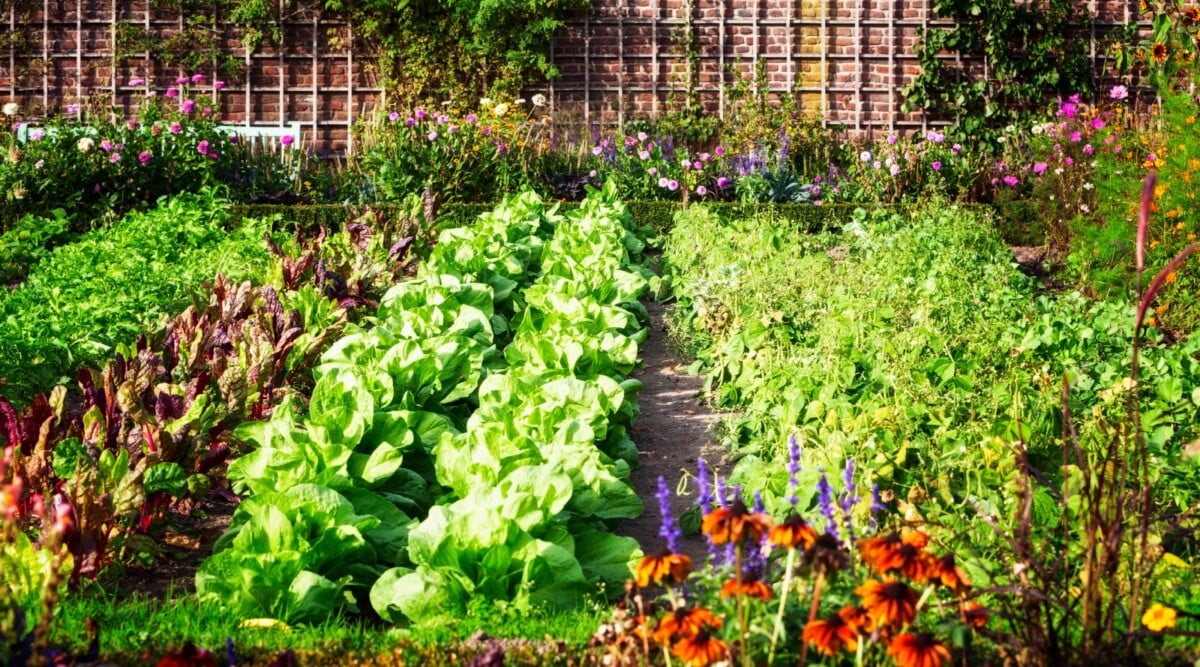
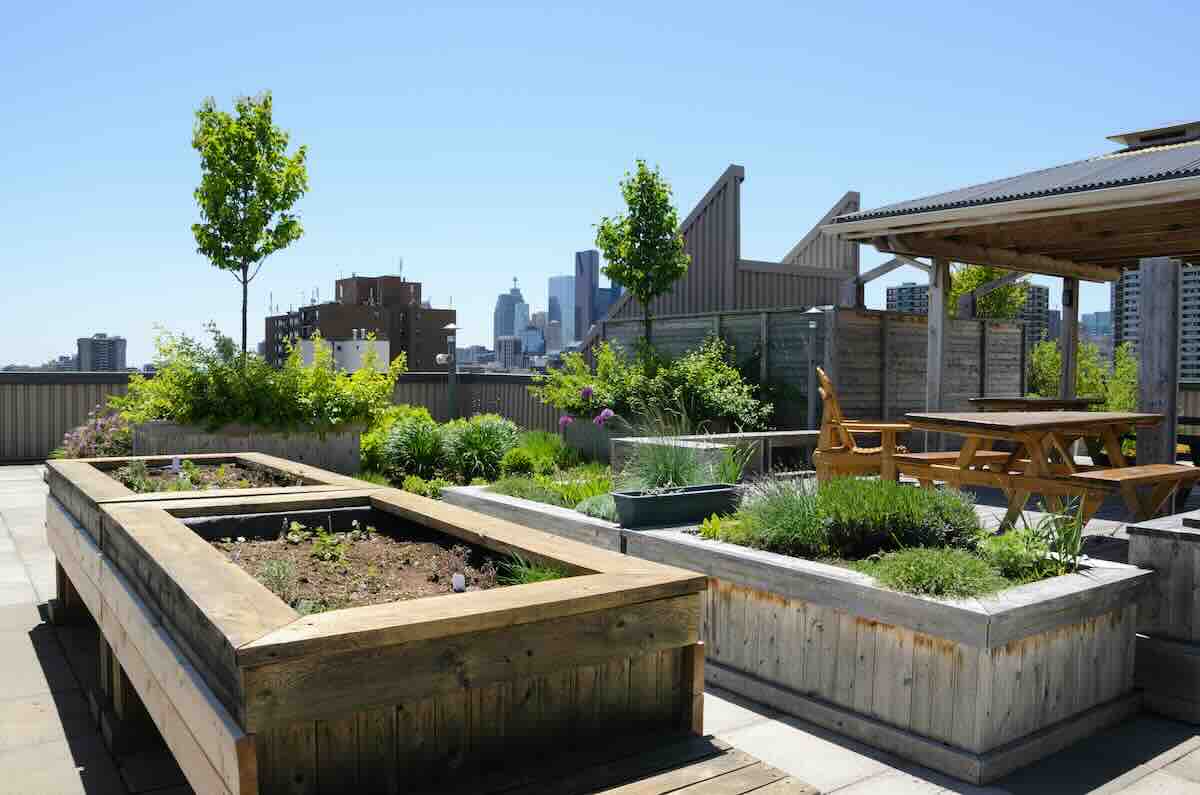

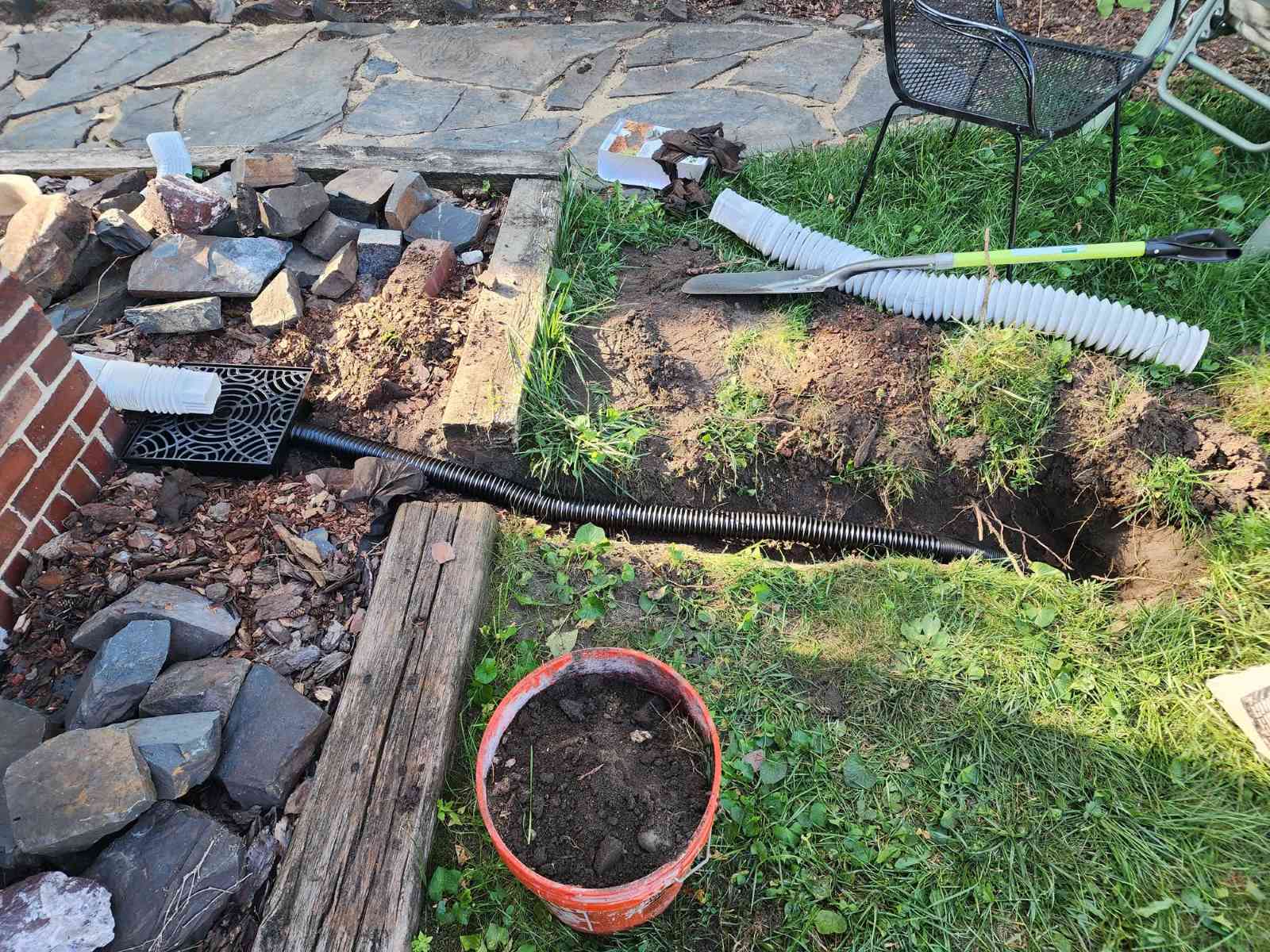



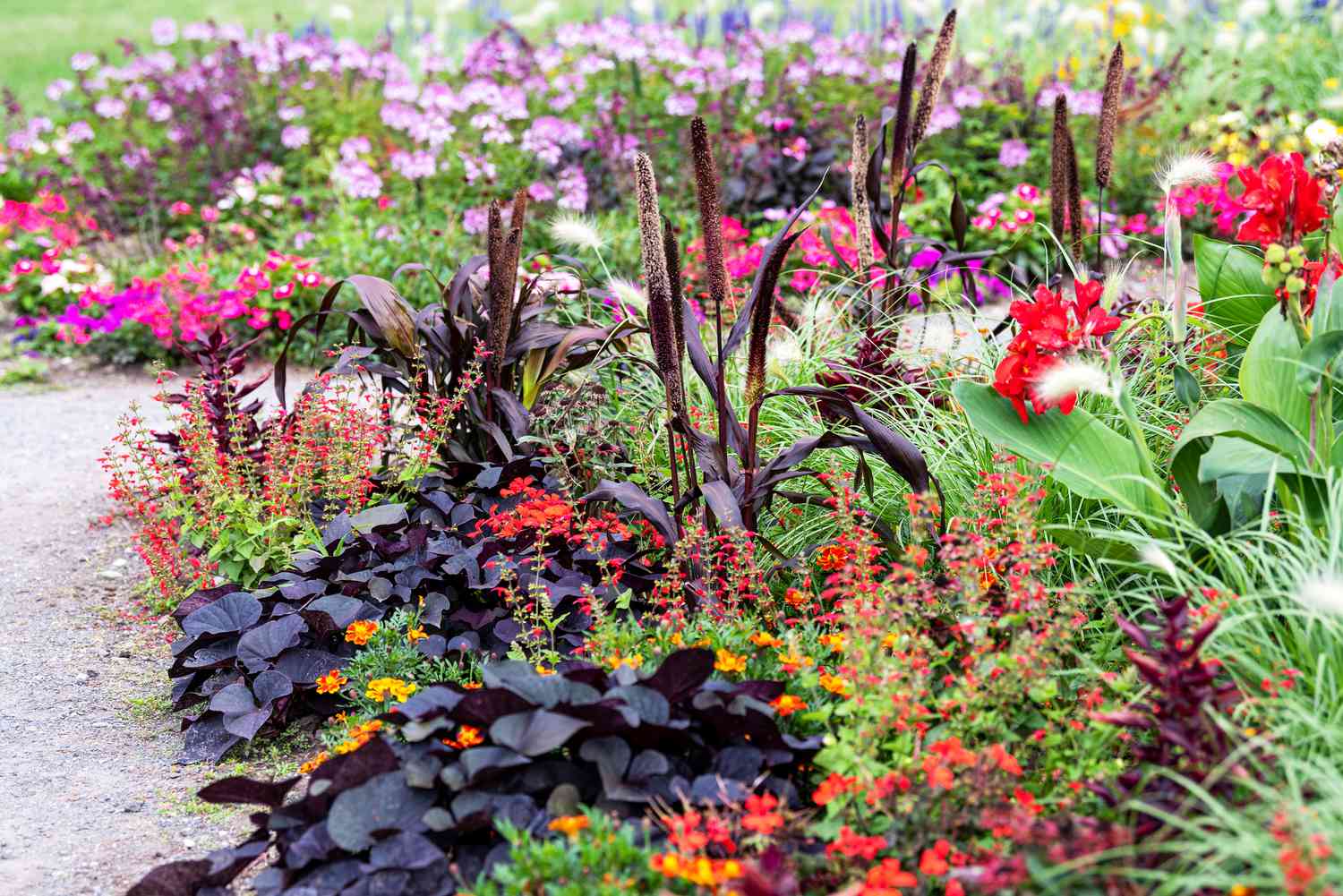


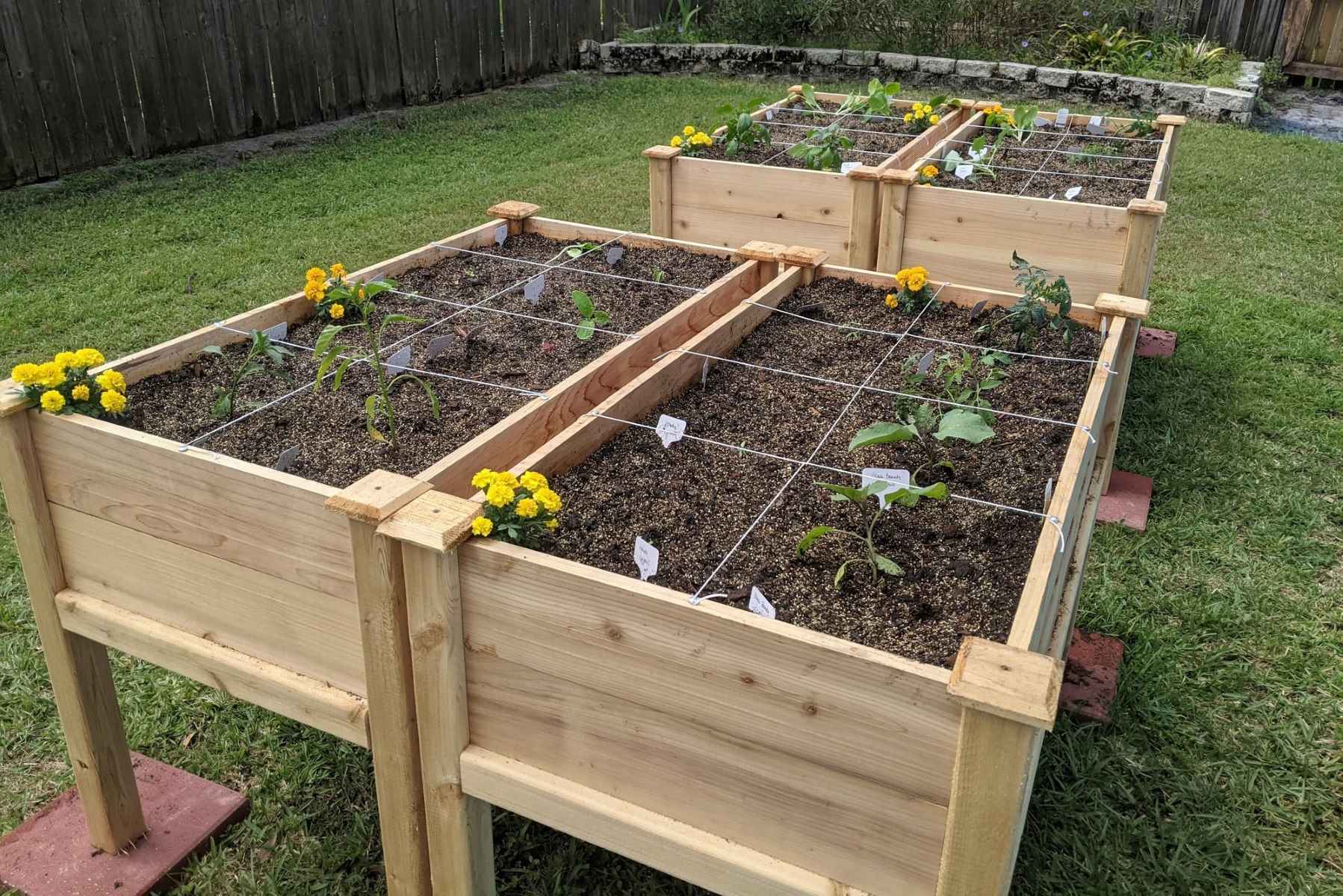
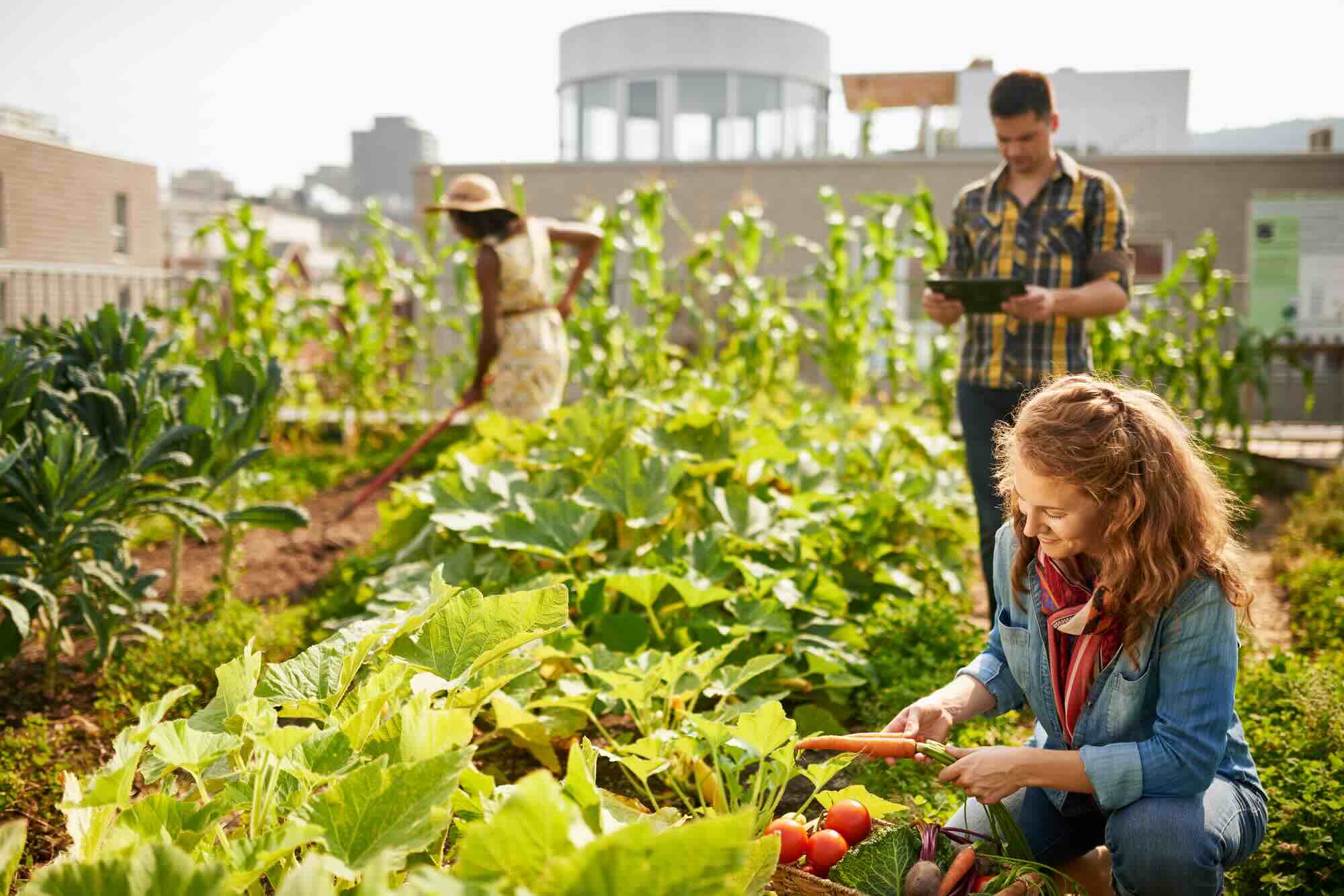



0 thoughts on “How To Till The Grass For A Garden”